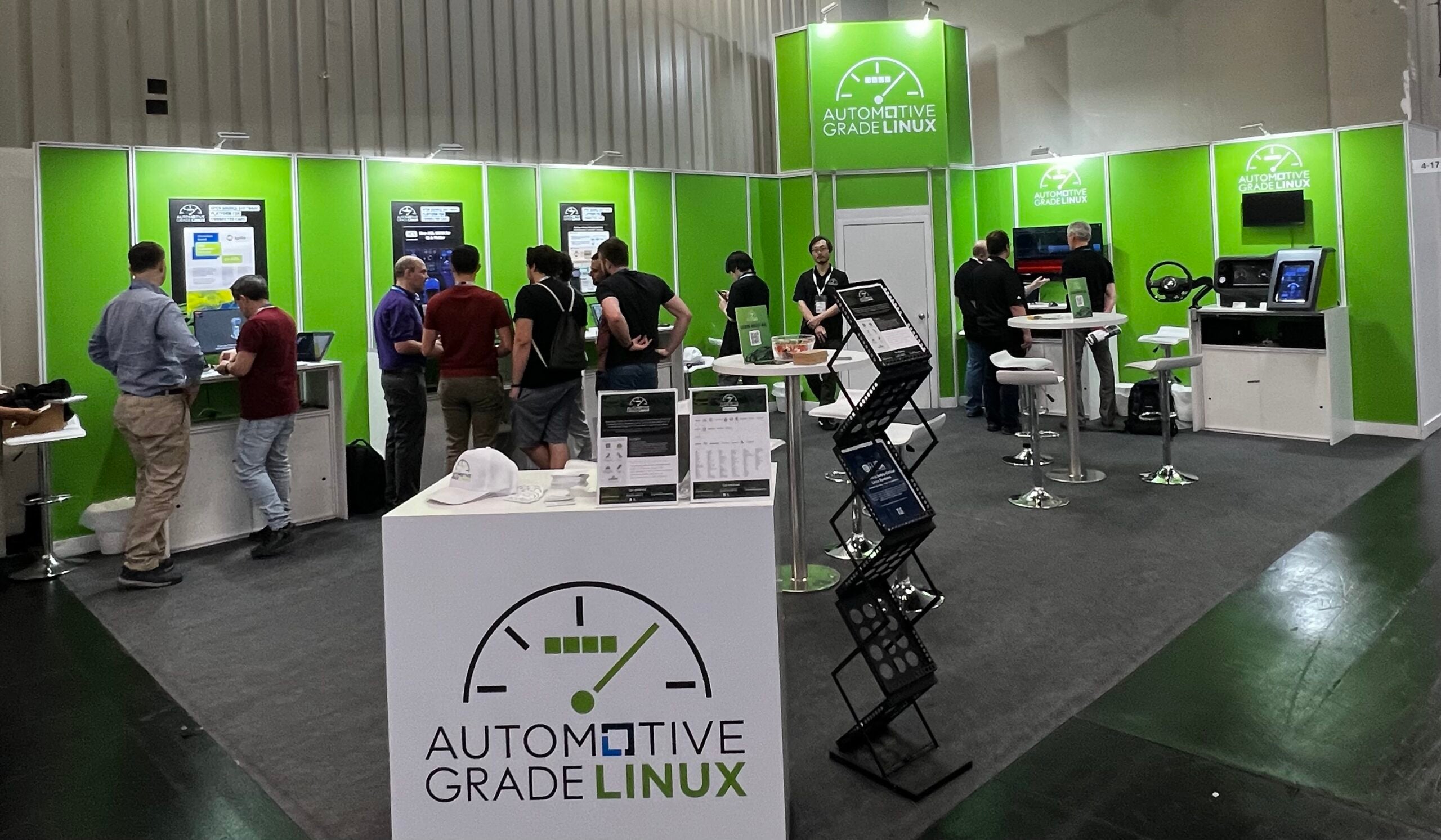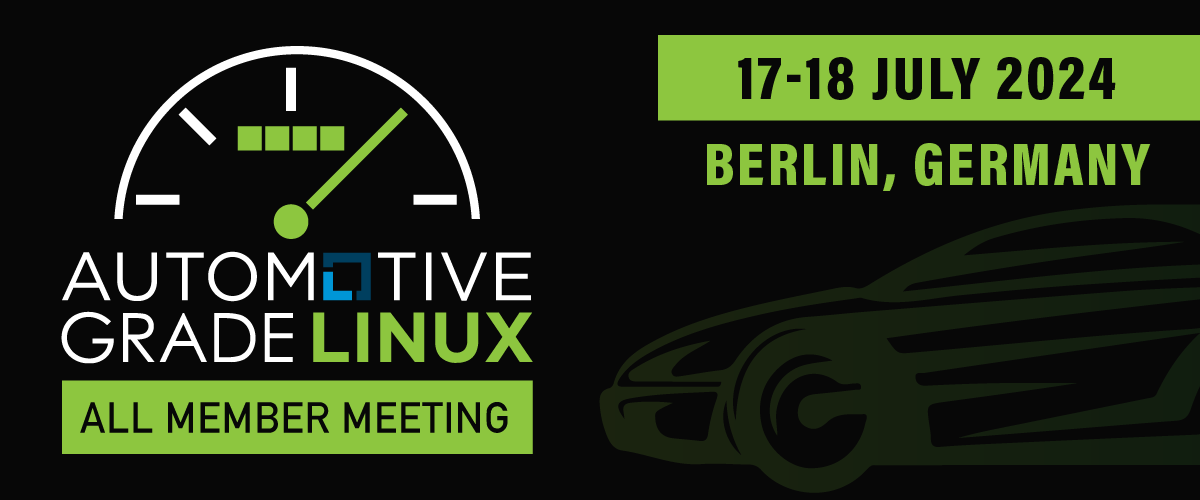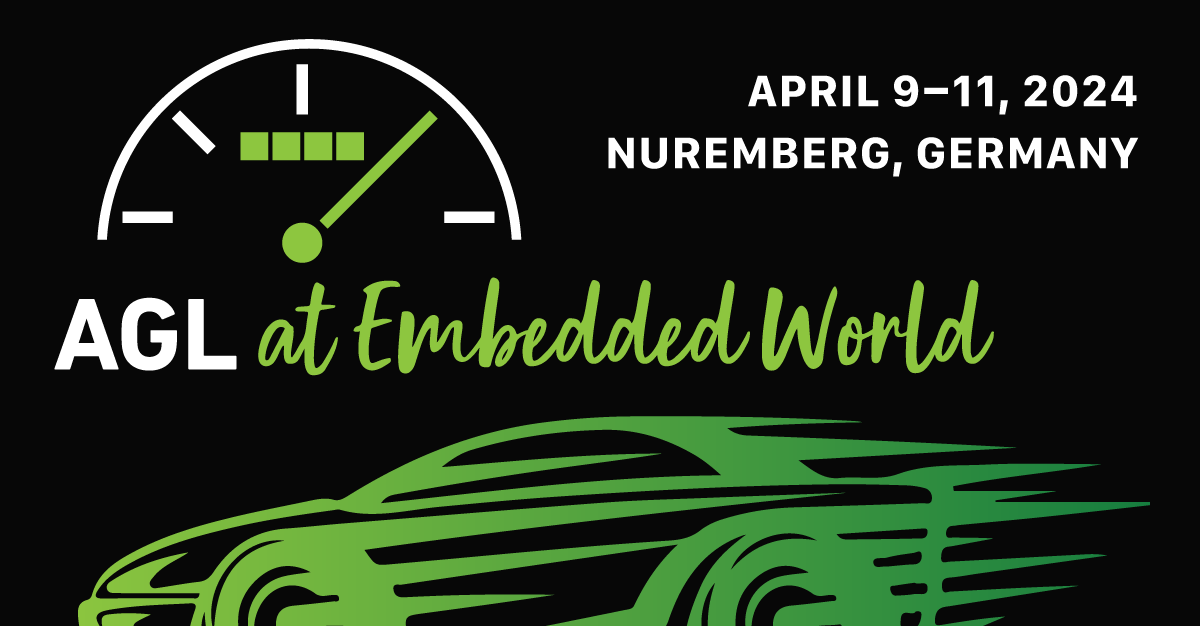The AGL community is comprised of a diverse set of member companies that are collaborating on enabling the next generation of in-vehicle software systems. This blog series highlights AGL members and how they are contributing to open source software solutions that will benefit the entire automotive industry.
 Name: Francois Thibault
Name: Francois Thibault
Title: Director of Innovation
Company: Audiokinetic
Can you tell me a little bit about Audiokinetic and your role within the company?
Audiokinetic is a Canadian software company based in Montreal, Quebec. It is the leading global provider of cross-platform audio solutions for the interactive media and gaming industries. Audiokinetic went to market with the Wwise interactive audio solution 12 years ago, primarily focusing on the gaming industry. Since then, we have diversified our audio technologies, and now cater to different areas of focus, which include automotive. My role as Director of Innovation is to lead the efforts towards adapting Audiokinetic technologies to cater to the specific audio requirements of the automotive industry in multiple domains, including audio management for in-vehicle infotainment as well as different solutions for sound alarms in safety-relevant applications such as ADAS.
In 2017, we launched Wwise Automotive at CES, a two-part solution with an authoring environment that can be used by audio engineers to easily produce content rendered by the runtime component, running on automotive embedded systems.
Why is your company investing in open source?
Lack of standardization and the use of vastly different components in customized infotainment platforms complicate the deployment of our differentiating proprietary technology. The end result is that software vendors like us spend more effort with integration instead of further enhancing our core software offering.
We believe that an open-source infotainment platform like AGL can address the fragmentation problem and therefore reduce the integration challenges.
How is Audiokinetic involved in AGL?
We joined the project almost two years ago and are huge fans of the AGL community. We love working with global members and contributors. As a whole, we also appreciate that AGL delivers on its promises to be a “code first” organization.
We have been working with the AGL community to redefine the audio software layers within the AGL UCB platform towards addressing the security and scalability requirements of future Linux based infotainment platforms. Audiokinetic’s contribution includes an application-facing audio API and policy management, unifying sound generation and audio stream management into a simple yet comprehensive audio software stack, and we are contributing to the overall improvement of the audio software architecture within AGL.
Can you tell us about the demo you showed in the AGL ballroom at CES 2018?
We demonstrated use cases of auditory displays in the automotive context for both cockpit HMI and safety applications like Advanced Driver Assistance Systems (ADAS) and Acoustic Vehicle Alerting System (AVAS), using Wwise Automotive authoring, profiling, and real-time editing tools, fully integrated within the AGL platform. Audiokinetic also showcased hardware DSP offloaded acoustic processing capabilities integrated into its audio software rendering pipeline and fully leveraging the benefits of the Wwise workflow, thanks to a partnership with Fiberdyne Systems Pty Ltd.
What do you predict for the future of automotive?
Overall, we expect to see more collaboration and consolidation towards a unified platform. We are confident that AGL will play a crucial role in improving the automotive ecosystem by providing a unique platform for developers without reinventing the wheel.




